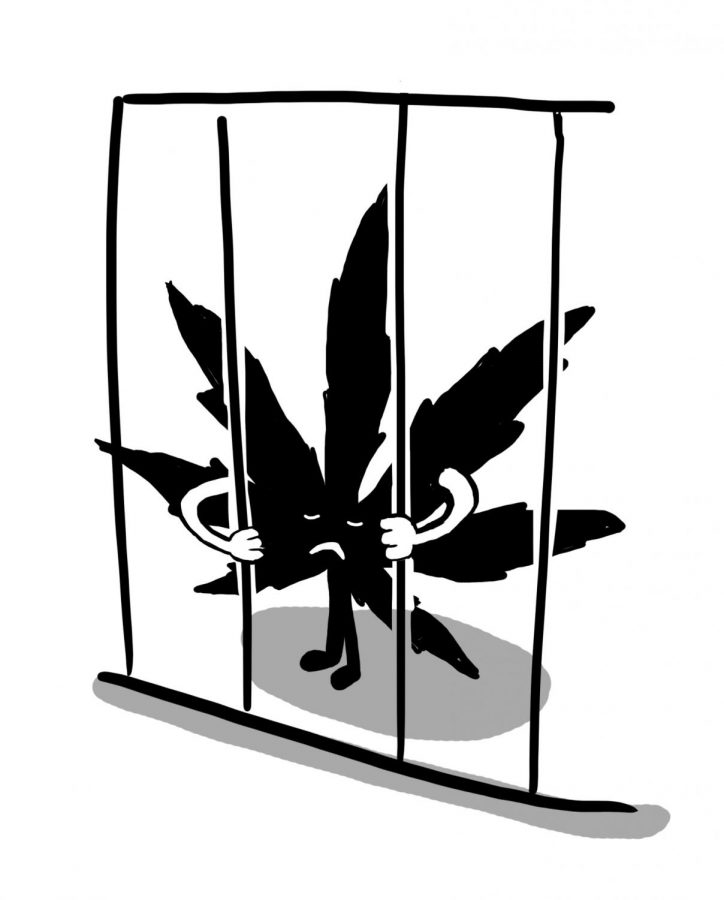Apple officially said it doesn’t need any more fart apps in the App Store. Well, that and a lot of other things. They recently released a new set of guidelines for iPhone and iPad apps which net out a major win for consumers. Clearer development guidelines mean more and better apps from a wider variety of developers. That’s unequivocally a good thing.
On Sept.9, Apple announced several changes to the rules governing development for iOS, the operating system that is present on the iPhone, iPod Touch and iPad. In addition, they also released a new document detailing the guidelines for accepting an application for iOS and announced a review board for app rejections.
For those who haven’t been studying the evolution of applications on iOS since Apple allowed third-party app development (not that I blame you) here’s a short history: the first iPhone was announced by Steve Jobs in January of 2007 at the Macworld Conference and Expo. It cost many hundreds of dollars and ran a small handful of applications provided by Apple–nothing more. Originally, Apple said that its support for third-party development would be based upon applications running in the phone’s web browser. But that all changed when Jobs announced the iPhone Software Developer Kit, or SDK, in the fall of 2007. With the release of iOS 2.0 in June of 2008, third-party applications were officially allowed on the iPhone.
Of course, the system was not without its problems. Apple has come under fire for reviewing every application that goes up for sale on the App Store and rejecting ones it deems inappropriate. Not everyone agrees with Apple’s policies, and Apple seems okay with that. Of course, there have been several highly-contested rejections that have led to massive outcries on the Internet. With the new rule changes and documents released on the Sept. 9th, Apple has made some important changes that will have a profound effect on people who use the iPhone.
In my opinion, the most important change Apple has made is the release of the App Store Review Guidelines, a laundry list of things that may cause a given app to be rejected. In the past, Apple has been criticized for not having a list like this available for application developers, thereby making it more difficult for developers to know what will and will not be accepted. This is a major breakthrough for people who want to develop for iOS because it removes much of the mystery surrounding the App Store approval process.
In addition to releasing the review guidelines, Apple has also created the App Review Board, which is designed to give developers a chance to appeal a rejection they think is wrong. In essence, if a developer thinks his or her app follows the rules set out in the iOS developer agreement and the App Store Review Guidelines, and the app is still rejected by Apple, he or she has a place to go to appeal that decision.
Why are those two changes so important? First of all, it’s clearer and easier now to develop for iOS. That means more people are likely to develop for it. More developers means more variety on the platform, and more variety means better apps. After all, as an iOS user, that’s what I want most. Also, with the new guidelines, Apple has codified a lot of important changes like an exception to the rule prohibiting defamatory content for professional cartoonists and satirists. Also, Apple has made it quite clear that they don’t need another app that simulates human flatulence in the App Store. There are already way more than enough of those.



